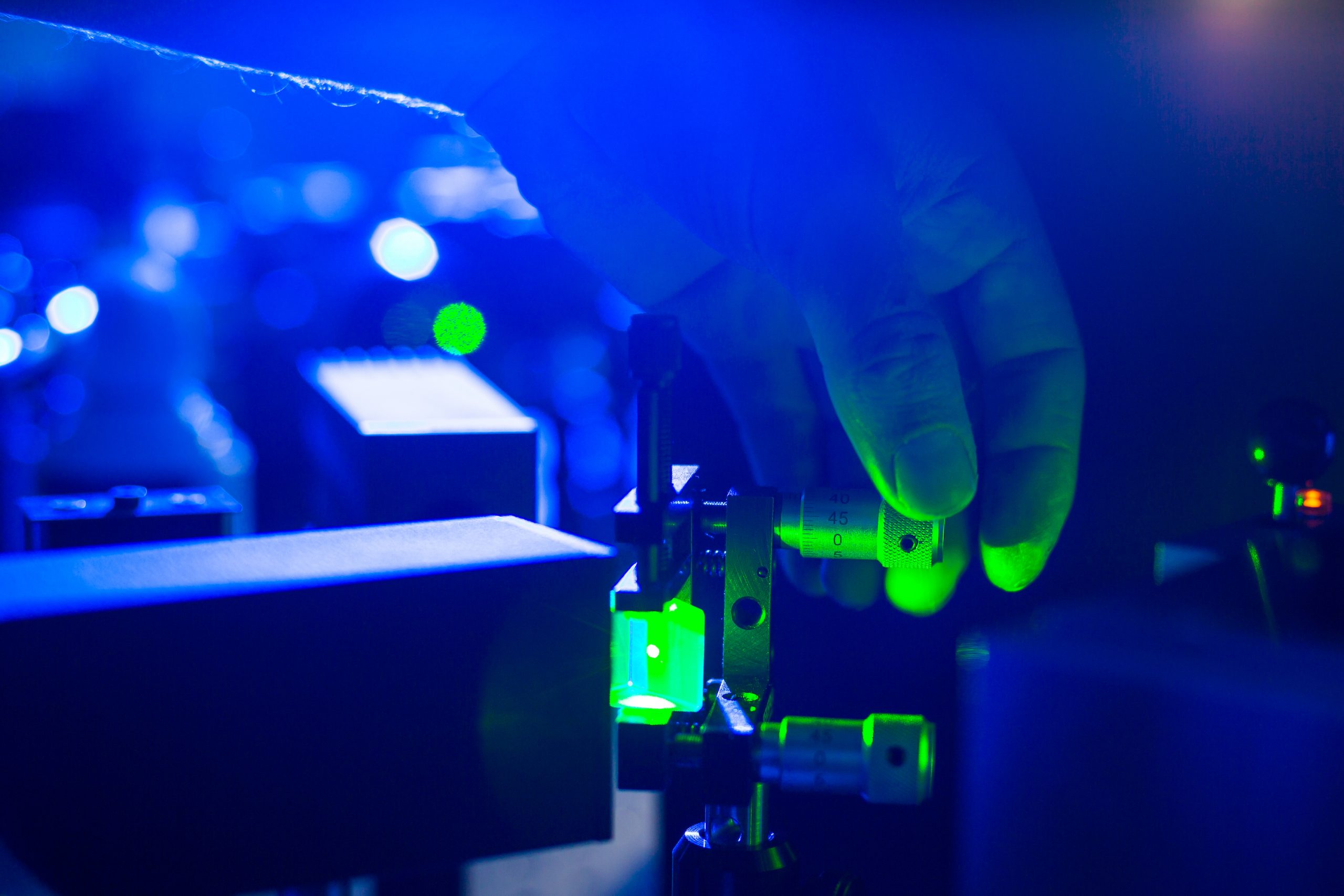B-ManFX4
Solar Enthusiast
- Joined
- Jan 17, 2022
- Messages
- 143
As was mentioned in post #6,553, those are the costs without subsidies. Restating your opinion without addressing the facts that prove it to be wrong don't really advance the conversation. Show me how Lazard's is wrong and we can talk.
Tell me - when it is winter in the northern hemisphere, and it is night time in the summer, please oh please show me how inexpensively you are going to build an ESS to support the northern hemisphere's energy needs? You would need to "over panel" the system by 500% or more to try and gather enough energy to charge the ESS. Don't know about you but my house uses power 24/7/365. I've spent over $5K on just the batteries for my system - and they won't fully sustain my house for the hours where solar production is unavailable or very low - and I have 19kW of panels. Not enormous but not tiny either.
The posts by aenyc following your Lazard post should tell you all you need to know as to why people should not take Lazard's reporting seriously. They are way too ambiguous and offer very little commentary to allow the reader to research and agree or refute their claims. In other words, it is not a scientific paper and it should not be quoted or referenced like it is. You show me where Lazard included the cost of buying, building, deploying, wiring, etc. the ESS required to make solar and wind a reality and we can talk.
While I agree nuclear is viable, there simply isn't enough Uranium for the current technology to sustains us (again it was in post #6,553 with a reference). Again, just restating an opinion without addressing facts doesn't advance the topic. Not to say there aren't a ton of promising new nuclear technologies that could work, there are and they can... but can they also have a low LCOE?
As I suspected, the thought that we are going to run out of uranium is not especially accurate. While it was convenient to find something to bolster your argument, it is not especially accurate when you ask others who are more focused on actually mining uranium. This is right from the comments of the video you posted:
Comments on “Is Nuclear Power Green?” By Sabine Hossenfelder
This You Tube clip is one of the best and most comprehensive analyses of the issues around nuclear power that I have seen but unfortunately the final conclusions are seriously flawed due to baseless assertions regarding the current reserves and future cost of Uranium 235. This is a great shame because this presentation will be used by many others to denigrate nuclear power. For this reason, the errors need to be addressed.
Sabine states that if we increase the use of U235 we will only have 20 years of reserves left before it runs out and that the cost of Uranium will therefore escalate, making nuclear power excessively expensive. However, mining companies only ever prove up enough reserves of any mineral to keep the mine going long enough to pay off debt or justify future investments, typically around 10 to 15 years at most. This is because it costs a lot of money to prove up reserves. For example, if the world copper reserves as were known in 1980 were truly the only mineable copper that existed then, we would have run out of copper in around 2010. This would have created quite an issue for renewable sources of energy. Luckily, as existing reserves were depleted, explorers found new deposits and then proved up new reserves.
The same arguments apply to Uranium reserves but it is, however, is a special case. Many countries currently have embargoes against uranium mining and exploration and others are shutting down their existing nuclear reactors. This is because of perceived safety concerns that even Sabine demonstrates are baseless. Therefore, there is at present a very limited market and even more limited future for Uranium miners. Few companies are even bothering to explore for Uranium. In such a situation the few existing suppliers are able to command high prices for their existing production because there are not likely to be any new competitive mines in the foreseeable future.
If however, nuclear power were recognised world-wide as a viable way to reduce greenhouse gas emissions the demand for Uranium would sky rocket. If just Germany were to change its policy of shutting down existing nuclear power plants, then explorers would begin exploring for Uranium again, future reserves would increase dramatically and competition between new miners would decrease the cost of their product. Uranium is quite common geologically and the world has abundant reserves for millennia to come.
Sabine uses the same arguments around limited reserves to define Thorium reactors as also likely to be expensive. This couldn’t be more wrong! Australia and other countries have been discarding thousands of tons of Thorium for decades. It is an unwanted biproduct from the mining of Titanium from beach sands (as the accessory mineral monazite). Thorium is a very common element!! Thorium is significantly more abundant than Uranium. Many countries have abundant thorium deposits. However, they haven’t been turned into “proven” reserves because currently there is not much demand for Thorium. Also, the cost of Thorium reactors is bound to be expensive at present because they are all experimental.
Sabine’s arguments appear to be balanced and reasonable. However, her conclusion that nuclear power is not a “green” alternative to fossil fuels is a consequence of her use of the flawed statistics regarding Uranium and Thorium reserves and future costs. I’m sure that around the world millions will be persuaded by her flawed arguments. If not redressed immediately this flawed argument will persist, like the previous false suggested correlation between autism and vaccinations, for decades to come.
Associate Professor Dr. Geoffrey R Taylor
(Head, School of Mines, University of New South Wales, 1992-2002)
I will translate that for you - when the demand for uranium increases, companies will explore for more of it. It is no different than any other material - demand = high means lots of folks looking to supply it. Here's a report that says the same thing:
Here's a link from the US EIA regarding the uranium reserves for 2023: https://www.eia.gov/uranium/production/annual/ureserve.php
Looks to be about 446 million pounds of uranium without further exploration.
Ah! I see what you mean now. You might be interested in this article as it gives an idea as to how rapidly the U.S. is moving towards renewables:
With 3 trillion kWh to go, if we're deploying 200 billion kWh per year, every five years we have a trillion kWh, so in 15 years (not including Dunkelflaute or ESS needs) at the anticipated 2025 rate we'd be fully electrified. So, seems like we can meet our 2050 commitments in regards to electrification and the gap has a wide safety margin. But, obviously, if deployment continues to grow each year by some percentage (which it should given lower LCOEs) then we'd reach the goal sooner.
Not that I think it'll happen quite that quickly...there's a lot of $ in anything being built today and investors, who believe like you that it's not going away (or at least as quickly as it is), will want to see a return. There's also political chicanery, e.g., Florida just made it easier to build pipelines in the state and made it harder to build renewables.
Yeah, that's all nice and feel good but it obviously ignores the elephant in the room - what about the ESS needed to make solar viable? In 15 years our energy demands will have certainly increased as well. Are you factoring that into your "formula"? Also - when does Lazard (and everyone else for that matter) start addressing the other real issues with deploying millions of solar panels? Upkeep, sabotage / security, weather damage, environmental impact of making so many of them, environmental impact of making so many batteries for the required ESS, etc. I didn't recall seeing any of those expenses tagged and accounted for in the Lazard report. Are those not real costs that should be factored into the entire cost equation of "green" energy generation?
Last edited:






 Via AP
Via AP



